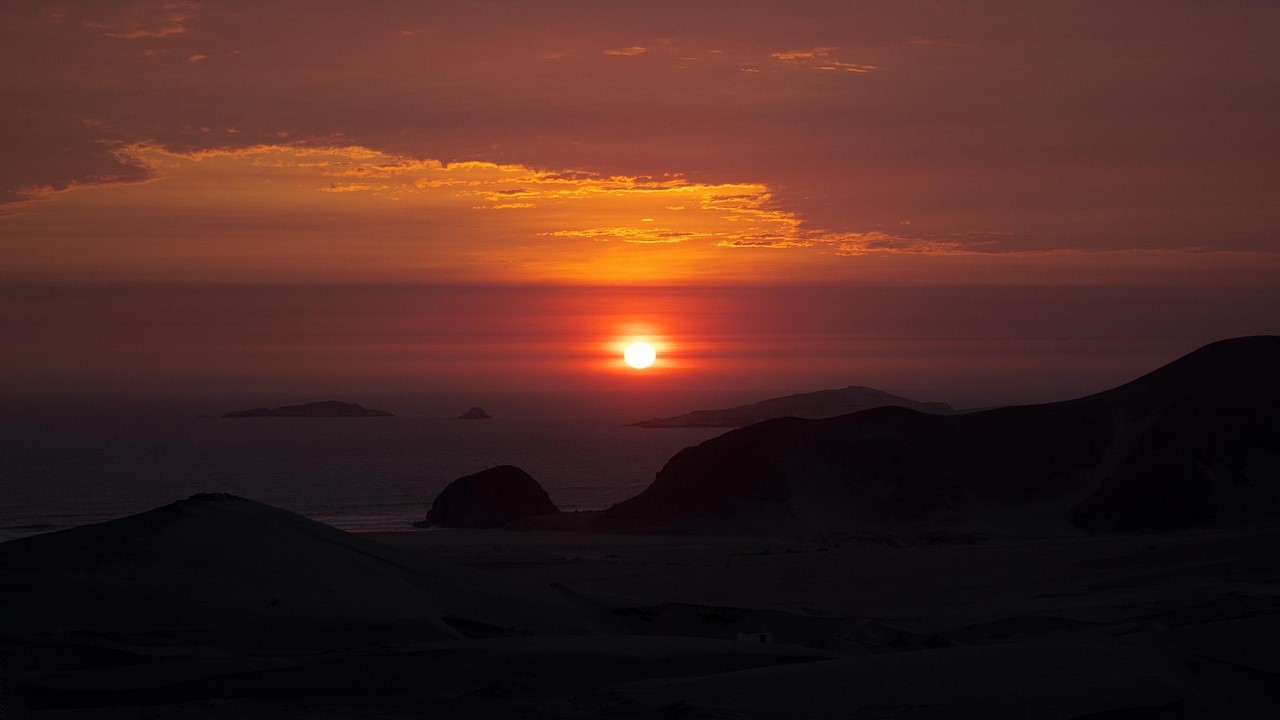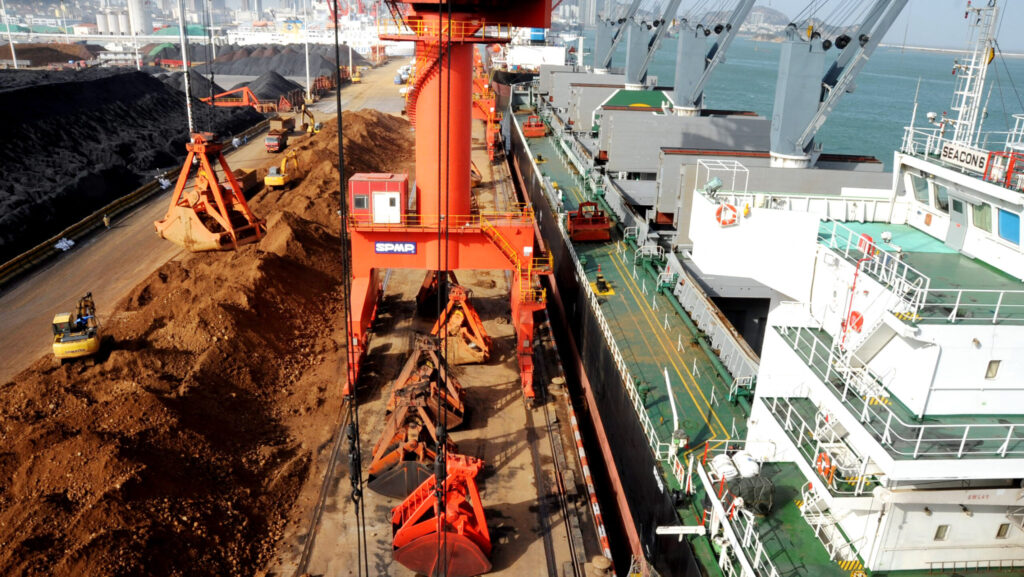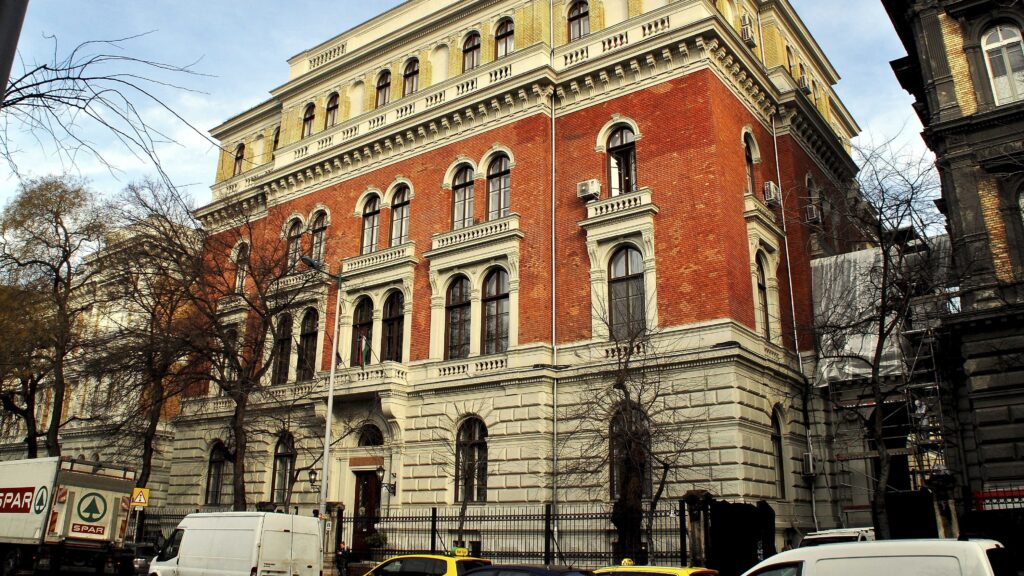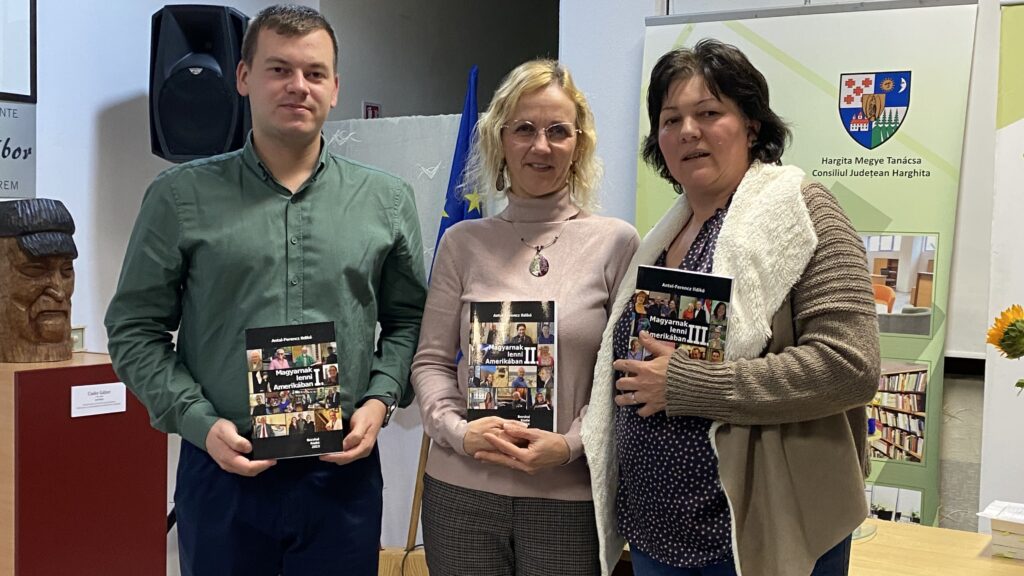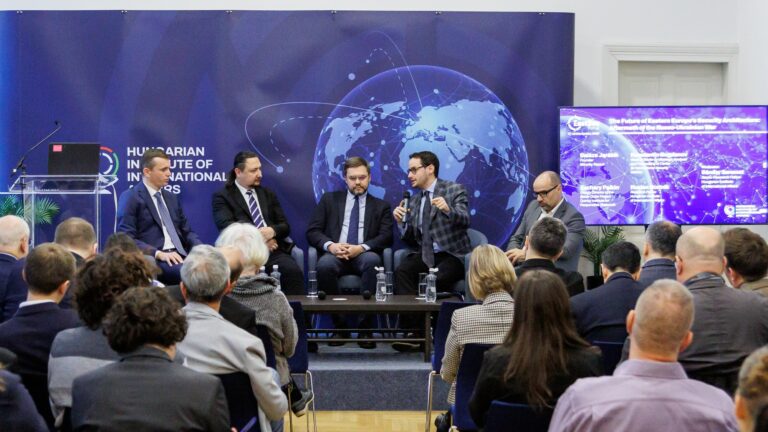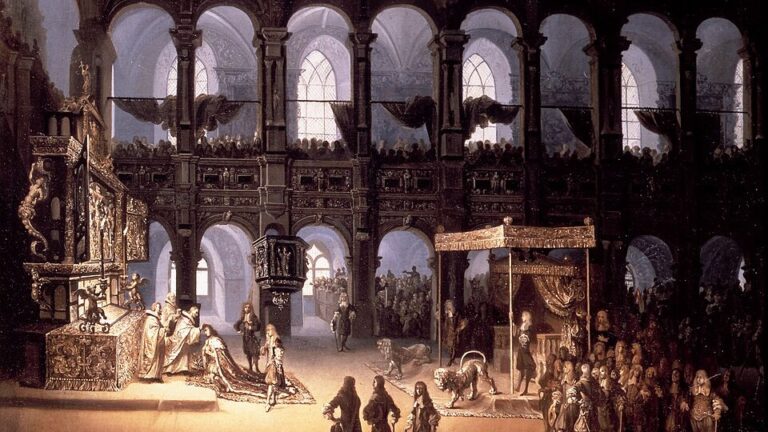Hungarians are everywhere. Like other small nations, we love to enumerate all the people who were our kin, but are found in the farthest corners of the globe. There were Hungarians around the birth of the nuclear bomb, in Ottoman politics of all ages, and one even led the indigenous people of Madagascar as their king.
It is no surprise, then, that even Peru, a mountainous country far from the Pacific coast, a subject of many tales about the Incas, was also home to Hungarians throughout history. This is not just a tale of curious travels from Central Europe to Latin America, but a history of our relationship to the great migratory waves that have impacted our region, and the cultural, economic, and political paths that bind our global world together.
The first Hungarians allegedly arrived in Peru with the Spanish conquistadors, the first Europeans to reach the region in 1529. A Spanish chronicle records the presence of Hungarian soldiers in the army of Francisco Pizarro, who completed his conquest of Peru in 1535. After the Battle of Mohács, and with the Habsburgs already on the rise in Hungarian politics, it was no surprise that not only did the Spanish fight against the Ottomans in Hungary, but Hungarians also reached the farthest corners of the Habsburg Empire.
There followed the clergymen. It is still a lot to be learned about the Hungarian Jesuitic monks travelling across Latin America, but it is clear that more than half a dozen of them served in missionary colonies across the jungle frontier in the 17th and 18th centuries, like Xavér Ferenc Éder, who in the 1740s wrote a thorough ethnic and geographic description of present-day Peru and Bolivia.
These travellers of the paths of early modernity were followed by many more, as the globe became smaller through the successive industrial revolutions. These people oftentimes did not just follow opportunities, but also fled hardships and all-continental crises. This highlights Hungary’s ambiguous relationship with the modern age, which brought not only development but also near-death experiences for the nation.
‘These people oftentimes did not just follow opportunities, but also fled hardships and all-continental crises’
In the case of these modern travellers, the first were those pushed abroad by the demographic pressure in Central Europe at the turn of the 19th and 20th centuries. They were poor farmers from the great plains of Hungary. Most of them went to the vast plains of the US, Canada and Argentina for work. However, after the First World War, the US closed the gates, and Argentina started to struggle economically. Everybody was looking for new places to settle. Thus happened that dozens of Hungarian farmers ended up in the high jungles of Peru’s Junín region in the middle of the 1920s. They cleared the land for cultivation, built roads and settlements, alongside their German, Austrian and Croatian peers, settling in the settlements of Satipo and Oxapampa. There are still Hungarian-sounding food brands sold there, like the Szeles sausage brand.
Following their opportunities, Hungarians were also settling in the big cities of Peru, specifically Lima, the country’s capital. This is where Hungarian communal life began among organized frameworks. Hungarians found each other in the big city. The Hungarian Circle in Peru was founded in 1939, with a celebration on August 20th. Their cultural life was marked by gatherings for significant religious and national holidays. By the end of the Second World War, a Hungarian Mass was also held in the centre of the city, at the Chapel of the Virgin of the Miracles, designed by Balázs Borsányi, a Benedictine monk of Hungarian origin. The Hungarians were dwarfed by other European communities—especially the Germans and the British but there was a huge Serbo–Croatian population in Peru as well. Still, they managed to get their cultural life going. In 1939, when the Délamerikai Magyarság (South American Hungarians), a diaspora daily in Buenos Aires, launched a project to survey the Hungarian communities in South America, Peru was included due to the diligent work of Frigyes Mártonyi, one of the informal leaders of the community.
The number of Hungarians in Lima soon grew rapidly, although not due to the good fortune of the Hungarian nation. The rapid waves of successive migrations out of Hungary were just getting started in the 1920s. The Second World War sent hundreds of thousands of Hungarians fleeing. Some were running from the Red Army invading Hungary; others were Jewish and other survivors of the death camps, sent there by their compatriots and the Germans. These masses thronged in the refugee camps of postwar Europe, preferably looking for a continent that was in some kind of shape.
People were also fleeing to Peru. The South American country, although not particularly favourable towards migrants, was eager to recruit highly skilled technical personnel for its economy and the armed forces. A small group of former Hungarian airmen and aircraft mechanics followed Peruvian recruiters. The programme failed, but those who could make a living settled in the country. Some of them found work in Peru’s burgeoning fishing industry at the time, alongside other Axis veterans. You could imagine these people—Germans, Croatians, Hungarians—populating the food places and bars of foggy Lima, speaking about a continent and a war that encapsulated the whole of Europe, a world that, for them, was as far as the sunken Atlantis.
‘You could imagine these people…speaking about a continent and a war that encapsulated the whole of Europe’
Just as the tremors of the Second World War and the lives uprooted by it started to settle around the world (including Peru), the 1956 revolution started, and the bloody Soviet crackdown followed. The Hungarian diaspora in Lima responded, joining initiatives of the continental Hungarian diaspora. They were collecting money to support the refugees and make the Hungarian case known to Peruvian officials. And the diaspora not only rose up in solidarity, but also accepted a few refugees as well. Hungarians were fleeing across the world again, and a couple of them found their way to Peru, specifically Lima, once again settling in the small Hungarian community.
Another layer was added not by a crisis, but by the arrival of the Socialist Hungarian embassy in 1970. Obviously, many people were appalled. They fled this very regime, which now arrived at their neighbourhood, as Peru built new diplomatic relations across the globe. But there were friendly arms extended, as well. The Hungarian diplomats collaborated with several community members, getting haircuts at the Hungarian-speaking barber shop, purchasing jewellery from the Hungarian jeweller, and exploring the city with the assistance of a Hungarian journalist.
The life of the diaspora community was coloured not only by new diplomats but also by dozens of people working in commerce, engineering, and other trades. Peru purchased Hungarian Roentgen machines, audio systems, electric turbines, and Ikarus buses, mostly installed and put into operation by Hungarian experts. They travelled up and down in Peru, and while it was mostly forbidden, some of them took the step through the Iron Curtain by simply staying in Peru. Most of them who stayed were married to a local, so they stayed for love. Others sought their relatives in much more populous diaspora centres, such as the United States, so they used Peru as a detour to emigrate further.
Nonetheless, Peru, especially Lima, the enormous capital city, sheltered Hungarians of different groups throughout the centuries, especially in the last one, when distances became relatively small. Hungarians are truly everywhere, even in foggy Lima, where the sun sets over the Pacific Ocean, lighting up the lower ranges of the Andes that tower over the metropolis. Hungary is a global country, and we are a global nation.
Related articles:

